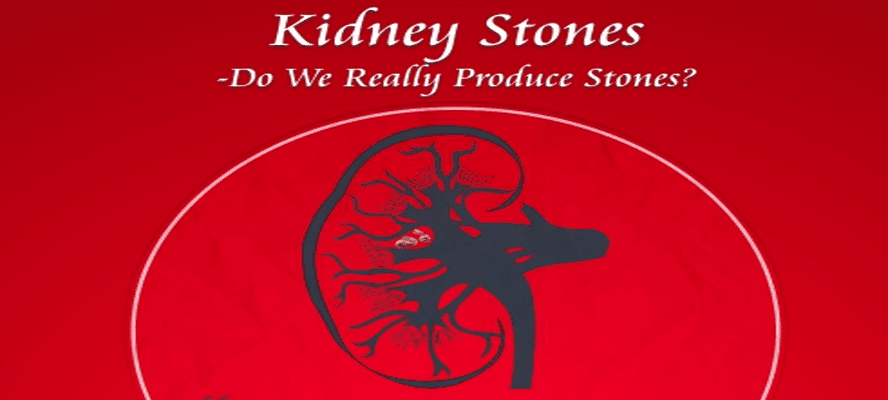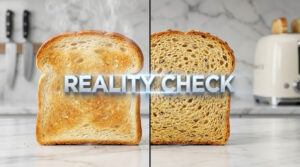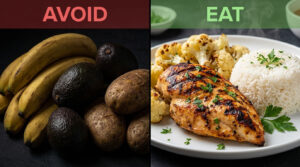What are kidney stones?
A kidney (renal) stone is a rigid, pebble-like material that can form in one or both of the
kidneys when high levels of certain minerals are present in the urine These stones rarely
cause permanent damage if treated by a health care professional. Kidney stones are not
stones, but crystal concretions formed within the kidney. These pebbles can vary in size,
for e.g., some can be grain sized, and some can be as big as a golf ball. This is the most
common disease of the urinary pH tract and has affected mankind since 4000 B.C. It has
affected over 15% of the world population. While in India, approximately 2.3% population
has been affected by this disease. It is shown that 1 out of 20 people develop this disease
in some point of their life span. 80% of those with renal stones are men, and remaining
20% are women.








